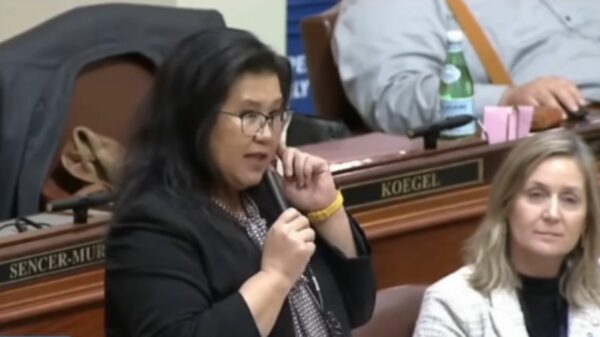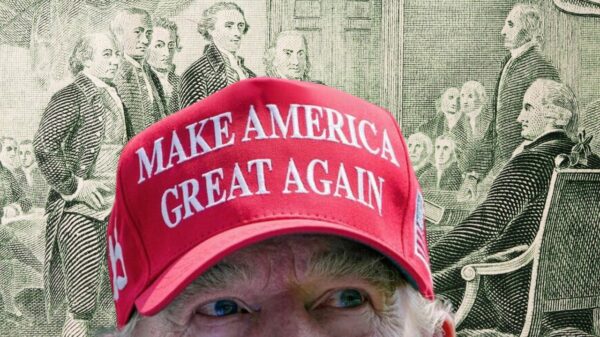When Donald Trump announced his bid for the presidency, one of his key promises was to “drain the swamp” of Washington politics. It was a rallying cry that resonated with many Americans disillusioned with establishment politics and perceived corruption in the nation’s capital. However, as his presidency unfolded, it became increasingly clear that Trump’s administration fell short of this ambitious goal.
The Growing Swamp

Contrary to his campaign rhetoric, Trump oversaw a significant expansion of the federal government during his time in office. Despite advocating for smaller government, Trump’s administration hired new employees, doubled federal spending, and initiated numerous new programs. This expansion ran counter to his promise to shrink the bureaucracy and reduce the influence of special interests in Washington.
Exploring Trump’s Spending Spree

One of the most striking aspects of Trump’s presidency was the substantial increase in federal spending. Despite claims of fiscal conservatism, Trump presided over a near doubling of government expenditure, raising concerns about the long-term sustainability of such budgetary growth. The surge in spending further fueled the growth of the swamp he pledged to drain.
The Rise of Special Interest Programs

Trump’s administration introduced several new programs and initiatives, often tailored to specific industries or interest groups. While some of these initiatives may have had merit, they also contributed to the entrenched interests and bureaucratic complexities that characterize the Washington “swamp.” By catering to certain constituencies, Trump inadvertently perpetuated the very system he vowed to dismantle.
Failed Attempts at Reform

Economist Ed Stringham argues that cutting spending is essential to truly “drain the swamp.” By reducing government expenditure, policymakers can diminish the influence of special interests and lobbyists who thrive on government largesse. Despite Trump’s efforts at reform, the persistence of bureaucratic inertia and resistance to change posed significant obstacles to meaningful progress.
Challenges in Reforming Government

Reforming government is no easy task, as Trump discovered during his presidency. Despite his outsider status and confrontational approach, Trump encountered resistance from entrenched interests and bureaucratic inertia. Efforts to streamline government operations often faced opposition from those with a vested interest in maintaining the status quo, making meaningful reform elusive.
The Role of Privatization

Privatization offers a potential solution to the inefficiencies of government-run programs. By shifting certain functions to the private sector, policymakers can introduce competition, innovation, and efficiency into areas traditionally monopolized by government. Trump’s administration could have explored privatization as a means to reduce the size and influence of the swamp.
Reimagining Government’s Role

Advocates for limited government argue that market-based solutions often outperform government-run programs. By embracing market-oriented policies, policymakers can empower individuals and businesses to drive innovation and prosperity. Trump’s administration could have pursued a more market-oriented approach to governance, thereby reducing the reliance on bureaucratic intervention.
The Path to Draining the Swamp

As the debate over government reform continues, policymakers must consider strategies to effectively reduce the influence of special interests and streamline government bureaucracy. Meaningful reform will require bipartisan cooperation, a commitment to fiscal responsibility, and a willingness to challenge the entrenched interests that benefit from the status quo. Ultimately, draining the swamp will require bold leadership, innovative thinking, and a steadfast commitment to putting the interests of the American people above partisan politics.
Influence on Public Trust

What are your thoughts? How do you think the failure to “drain the swamp” during Trump’s presidency has influenced public trust in government institutions? What role do you believe special interest groups and lobbyists play in perpetuating the Washington “swamp,” and how can their influence be mitigated?
Is Privatization a Viable Solution?

Do you think privatization offers a viable solution to reducing government inefficiencies and streamlining operations, or are there potential drawbacks to consider? In what ways can market-based solutions be leveraged to address the challenges posed by bureaucratic inertia and entrenched interests in Washington?
Source: John Stossel






















